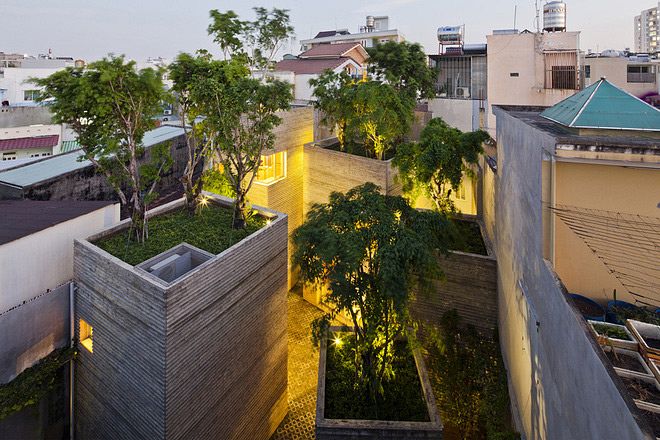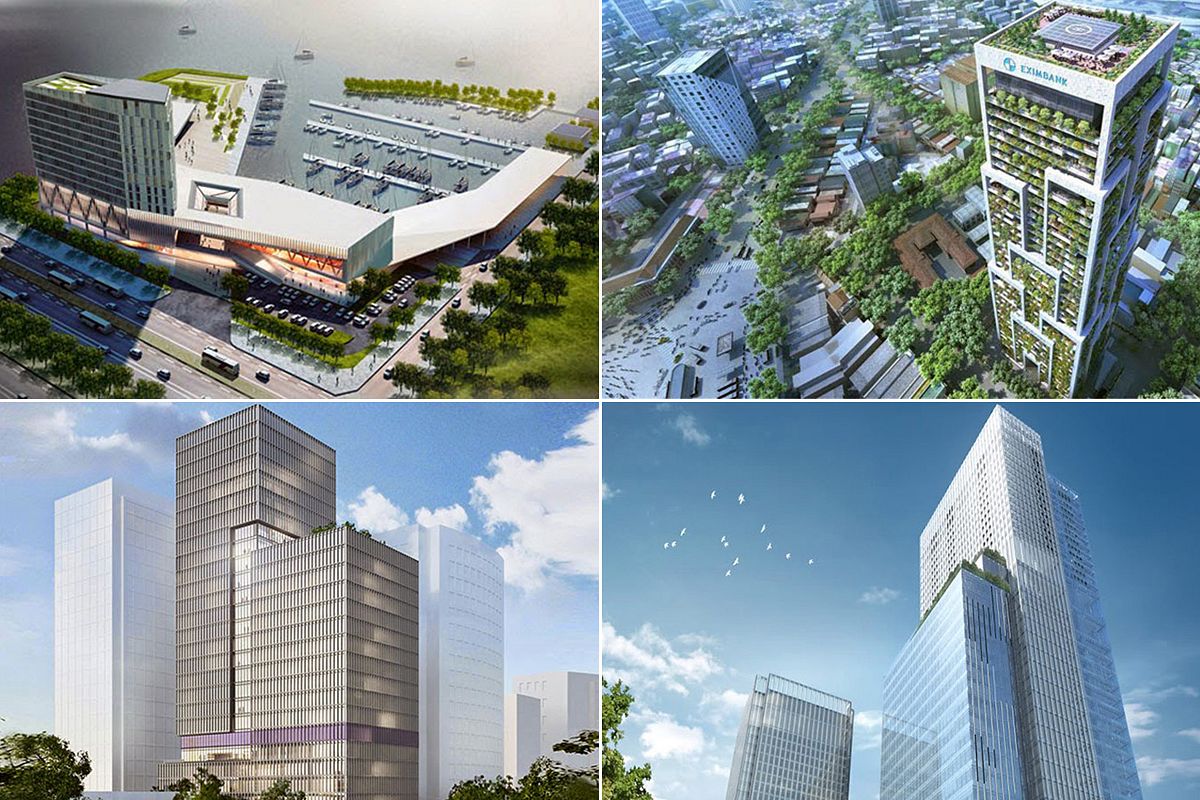Mike Ives of The New York Times published a piece earlier this week on the growing trend of green factories in Asia, using Intel’s chip factory in HCMC as its focal point. According to the article, companies are going above and beyond local environmental laws in order to create energy efficiency that will lower operating costs.
Intel’s US$1 billion plant, located just 10 miles from downtown Saigon, opened in 2010 with a US$1 million solar array (pictured above), the largest in the country. The company also plans to add a new water reclamation system that could reduce consumption by 68%.
But this is still a niche trend:
“The U.S. Green Building Council, a leading global certifier, reports that only about 300 manufacturing facilities in Asia are certified or waiting for certification through its rating tool, called Leadership in Energy and Environmental Design, or LEED. “
For green factories to become mainstream, just like their commercial and residential counterparts, a paradigm shift in the local construction industry must take hold.
Related Articles:
- What Will it Take for Green Building to Take Off in Vietnam?
- Why Sustainable Development is Vital For Vietnam's Future
- Environmentalism and Sustainability Gaining Steam in Vietnam
A recent white paper, Is There a Future for Green Buildings in Vietnam?, by Solidiance, a B2B consulting firm, concluded that while the government and special interests groups are pushing for sustainable development practices, it’s up to the private sector to enact fundamental change. So far, this hasn’t happened – Vietnam has only 40 buildings that have achieved green certification. For comparison, Singapore sports over 1,000 such buildings.
According toEcology, greater awareness is vital to popularizing green building, but misconceptions about the practice are hampering its adoption:
“Awareness of and an interest in green building concepts is rising among young Vietnamese students and professionals who are increasingly seeking out further training on the subject…However, while awareness among the wider building community is growing, misperceptions about implementation costs remain, which is exacerbating existing cost sensitivities. Therefore, it’s not only awareness that is at stake in driving the industry’s development but an accurate understanding of the implications of what it entails to build green is also required.”
Perhaps using Intel as a case study would be the most persuasive, “Intel, for example, has reduced its global energy bill by $111 million since 2008 as a result of $59 million worth of sustainability investments in 1,500 projects worldwide,” according to the complex’s general manager, Sherry Boger.
It’s nice to see international companies setting a good example, but for systemic change to take place, locals must see the benefit in long-term, sustainable planning and replicate it themselves.
Head over to the New York Times for the full article.
[Photo via Intelfreepress]














